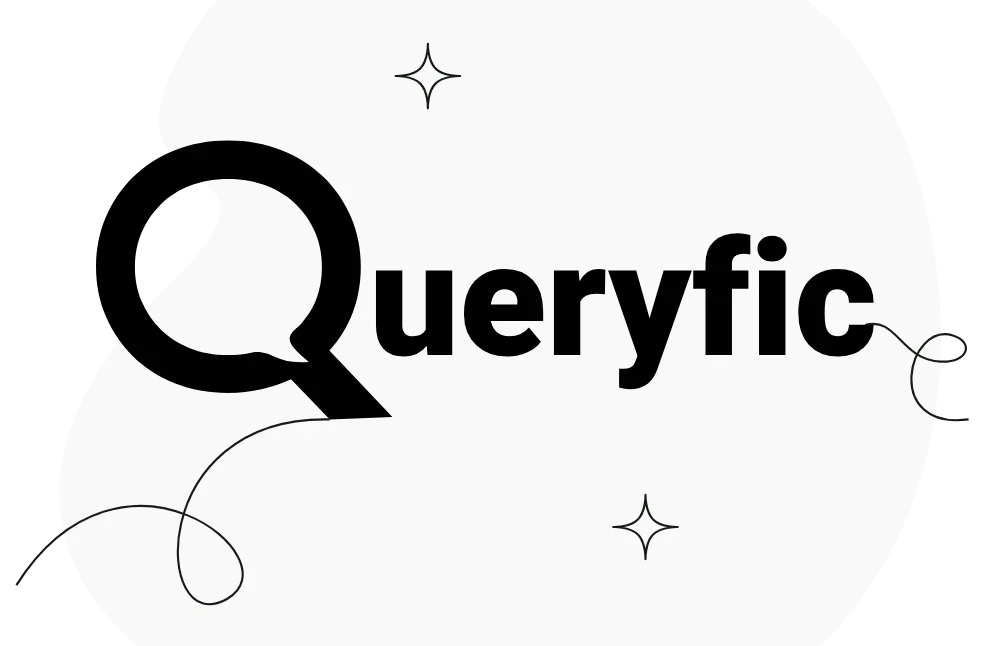The Queryfic advantage
Get answers, not just results
Get replies, summaries, briefs and how-tos that you can put to use instantly.
Use all your knowledge sources
Collect knowledge from drives, DMSs, websites, databases or any other source of information.
Deliver knowledge in an easy way
Serve the knowledge on channels best suited to your users: chat, email, WhatsApp, Teams, Slack …
Use your current channels
Do not change your pathways of communication. Integrate Queryfic with your current channels such as chatbots, website searches etc.
Keep your data secure
The Queryfic knowledge base remains within your premises. Only anonymised material is used in case any external interface is used.
See authentic information
See the actual source along with the answer. Never worry about the accuracy and truthfulness.
Unified knowledge base
Queryfic consolidates data from all your organizational sources to create a comprehensive knowledge base, fostering efficient access to critical information.
Versatile data handling
Queryfic effortlessly interprets diverse data formats, including documents, audio, presentations, and spreadsheets, for comprehensive knowledge extraction.
Contact us
Cere Labs
Queryfic is a product developed by Cere Labs, a company that specializes in AI solutions tailored for businesses and enterprises.
B 501, Takshashila Commercial Center, R. H. B. Road, Mulund, Mumbai-400080
contact@cerelabs.com
+91 7208399816

